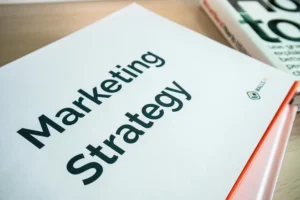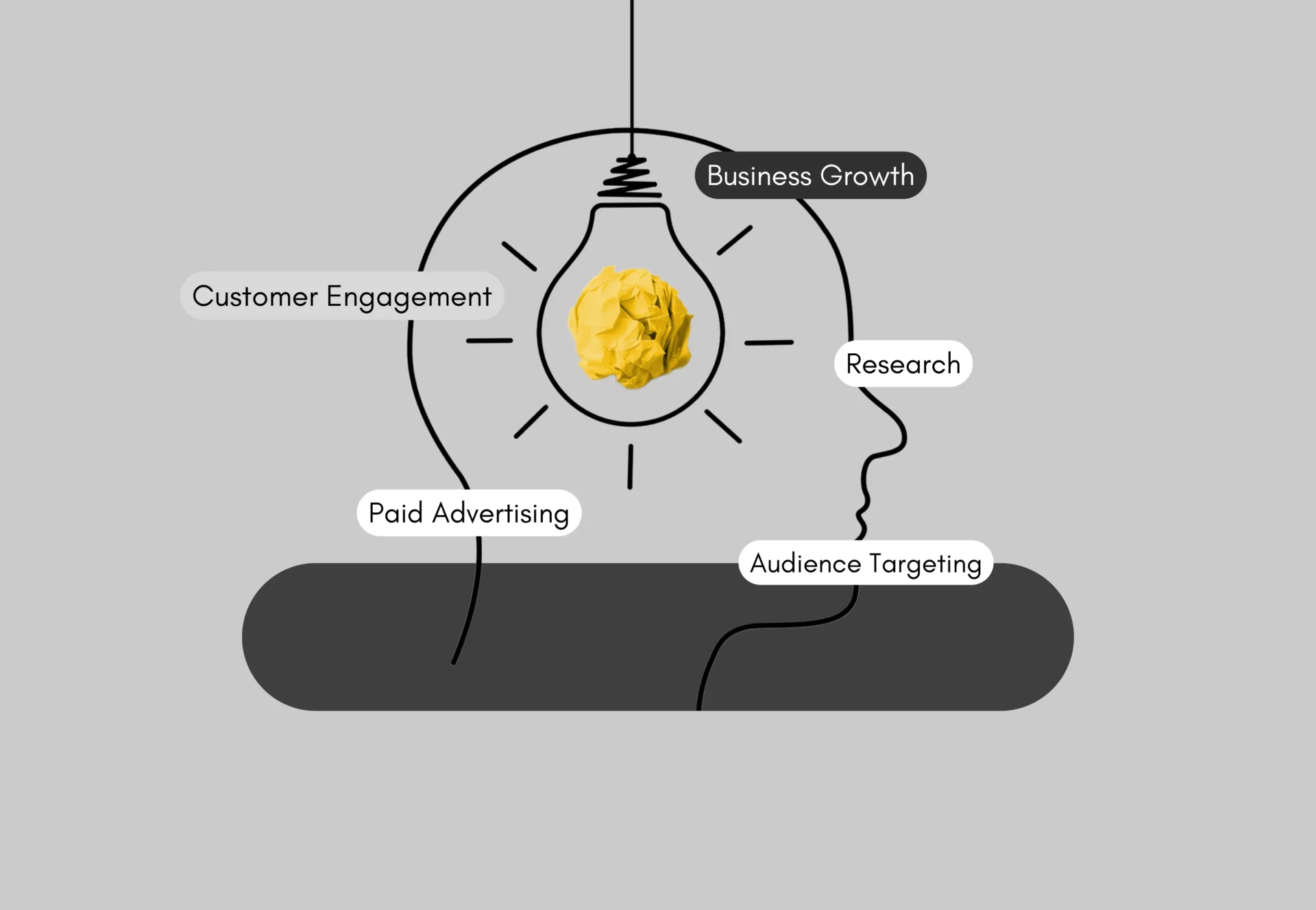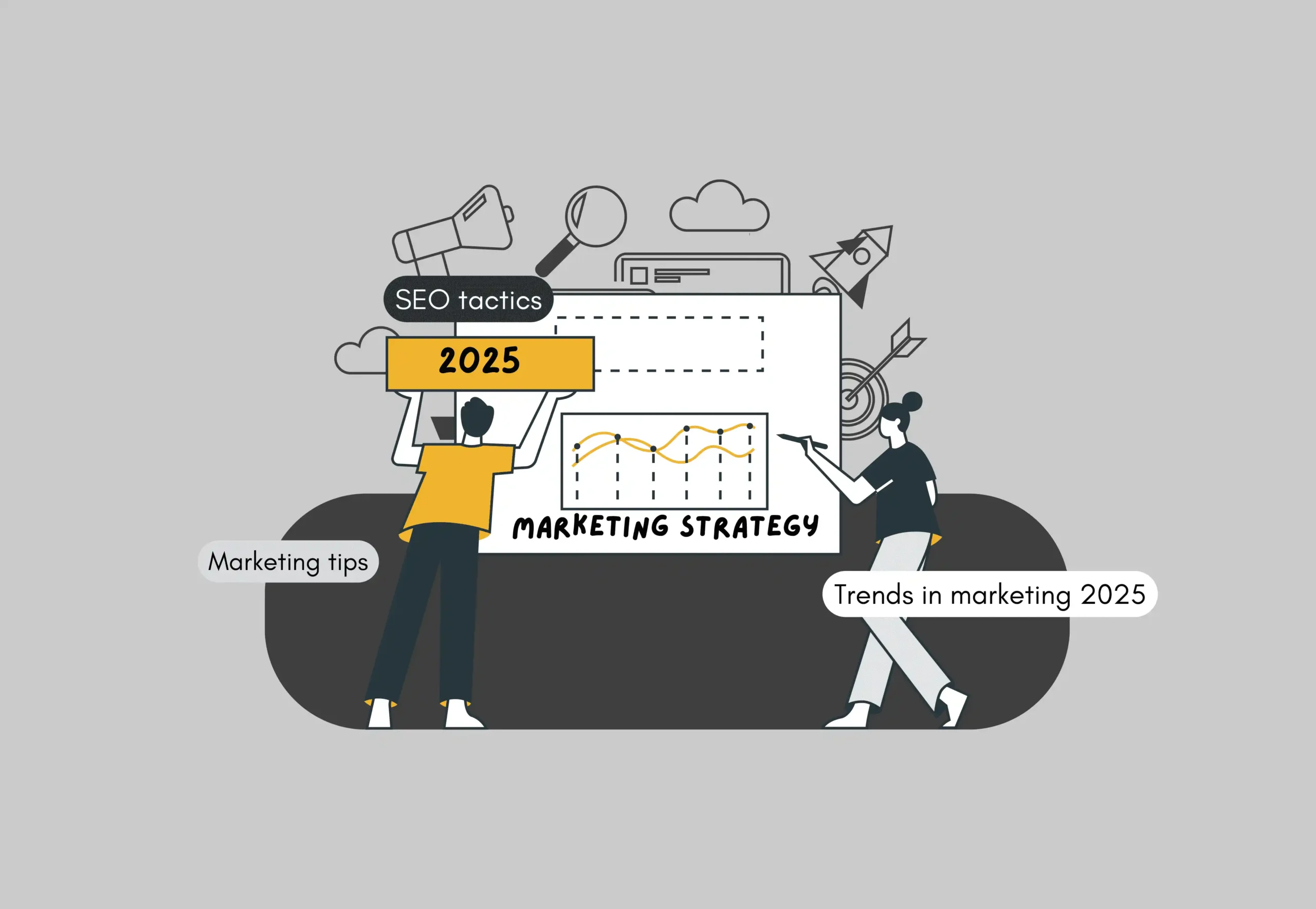Welcome to the digital age, where traditional marketing methods are rapidly becoming outdated. As more and more businesses shift their focus online, it has become increasingly important to have a strong digital marketing plan in place.
But what exactly is a digital marketing plan, and why is it so important? In this blog post, we’ll dive deep into the world of digital marketing plans, exploring what they are, their significance, the essential components, and practical tips to make a successful plan.
So keep reading!!
What is a Digital Marketing Plan?
A digital marketing plan is a strategic roadmap that outlines how a business will leverage digital channels to achieve its marketing objectives.
It’s a comprehensive guide that covers everything from defining your target audience and setting measurable goals to creating a content strategy and analyzing data. One example of a digital marketing plan might be a social media campaign aimed at promoting a new product.

The plan would include a detailed analysis of the target audience, such as their age, interests, and social media habits, as well as a clear set of objectives, such as increasing brand awareness or driving traffic to a product page.
The plan might also include a content calendar, outlining what types of content will be posted on which platforms and at what times.
What is the significance of having a digital marketing plan?
The significance of a digital marketing plan lies in its ability to guide businesses in achieving their marketing objectives through digital channels. In today’s digital age, a robust digital marketing plan is essential for businesses of all sizes, whether they are established brands or startups looking to establish themselves in a competitive marketplace.
According to a report, businesses with a documented digital marketing plan are 313% more likely to be successful in achieving their marketing goals than those without one. Additionally, the report found that businesses that prioritize blogging in their digital marketing plan are 13 times more likely to achieve a positive ROI.
Now that is quite interesting to know about. Here are A few key reasons why having a digital marketing plan makes a difference for any business.
It Provides Direction
A digital marketing plan outlines a clear roadmap for achieving marketing goals, allowing businesses to stay focused on their objectives and avoid wasted resources on tactics that are not effective.
It Targets The Right Audience
A well-crafted digital marketing plan takes into account the unique needs and preferences of the target audience, to allow businesses to reach and engage with their intended audience.
It Maximizes ROI
By analyzing the effectiveness of different marketing tactics, a digital marketing plan allows businesses to allocate resources to the most effective channels, maximizing their return on investment (ROI).
It Ensures Consistency And Cohesion
A digital marketing plan provides a framework for ensuring consistency and cohesion across all marketing efforts, whether they are on social media, email marketing, or search engine optimization.
It Enables Flexibility And Adaptability
A digital marketing plan is not set in stone but can be adjusted and refined as needed to respond to changing market conditions, consumer behaviors, or new opportunities.
This highlights the need for businesses to continually adapt and refine their digital marketing plans to stay ahead of the competition.
What Are Some Essential Components Of A Digital Marketing Plan?
A digital marketing plan involves various components that work together to achieve the desired goals. Here are some essential components of a digital marketing plan that every business must consider.

Website Design And Development
A website is the face of a business in the digital world. It is the first point of contact for potential customers. Therefore, it is essential to have a well-designed and user-friendly website that represents your business and its offerings effectively. A website should be optimized for search engines, have a responsive design, and should be mobile-friendly. An excellent example of a well-designed website is Apple’s website, which is simple, elegant, and easy to navigate.
Search Engine Optimization (SEO)
SEO is the practice of optimizing a website to rank higher on search engine results pages (SERPs). It involves various strategies such as:
- keyword research,
- content optimization,
- link building, and
- technical optimization
The goal of SEO is to increase the visibility and organic traffic of a website. Moz is a great example of a business that has effectively used SEO. It is a company that provides SEO tools and services.
Content Marketing
Content marketing involves creating and distributing valuable, relevant, and consistent content to attract and retain a clearly defined audience. It includes various forms of content such as:
- videos
- infographics
- whitepapers
- social media posts
- blog posts
The goal of content marketing is to establish a relationship with the audience by providing them with useful information. A great example of a business that has effectively used content marketing is HubSpot, a company that provides marketing and sales software.
Social Media Marketing
Social media marketing involves using social media platforms such as Facebook, Twitter, Instagram, and LinkedIn to promote a business and its offerings. It includes various strategies such as:
- creating and sharing content
- engaging with the audience
- running paid advertising campaigns
The goal of social media marketing is to increase brand awareness, engagement, and conversions. An excellent example of a business that has effectively used social media marketing is Wendy’s, a fast-food chain that is known for its witty and engaging social media presence.
Email Marketing
Email marketing involves sending promotional messages to a list of subscribers via email. It includes various strategies such as:
- creating personalized email campaigns,
- segmenting the audience, and
- tracking the performance of the campaigns
The goal of email marketing is to increase brand loyalty, engagement, and conversions. Amazon is an excellent example of a business that has effectively used email marketing. It sends personalized product recommendations and promotional offers to its customers based on their purchase history.
Mobile Marketing
Mobile marketing involves promoting a business and its offerings through mobile devices such as smartphones and tablets. It includes various strategies such as:
- creating mobile-friendly websites,
- running mobile advertising campaigns, and
- using mobile apps
The goal of mobile marketing is to reach the audience on the go and provide them with a seamless experience. Starbucks is a business that has effectively used mobile marketing, by allowing customers to order and pay for their coffee using their mobile app.
Programmatic Advertising
Programmatic advertising involves using automated technology to buy and sell advertising space. It includes various strategies such as:
- real-time bidding
- audience targeting
- performance optimization
The goal of programmatic advertising is to reach the right audience at the right time with the right message. Netflix is a successful business that has used programmatic advertising to its fullest. It uses data and algorithms to target its audience and deliver personalized ads.
Video Marketing
Video marketing involves creating and sharing videos to promote a business and its offerings. It includes various types of videos such as:
- explainer videos
- product demos
- customer testimonials
- social media videos
The goal of video marketing is to engage the audience and deliver the message engagingly and memorably. An excellent example is Dollar Shave Club, which created a viral video that helped the company gain millions of subscribers.
Online Advertising
Online advertising involves promoting a business and its offerings through various digital advertising channels such as search engines, social media, websites, and mobile apps. It includes various advertising formats such as display ads, search ads, video ads, and native ads.
The goal of online advertising is to increase brand awareness, engagement, and conversions. Coca-Cola is an excellent example of a brand that has effectively used online advertising and runs various digital advertising campaigns to promote its products and brand.
Influencer Marketing
Influencer marketing involves collaborating with influencers or individuals who have a significant following on social media to promote a business and its offerings.
It includes various strategies such as:
- identifying the right influencers
- creating engaging content
- measuring the performance of the campaigns
The goal of influencer marketing is to leverage the influencer’s audience and influence to reach the target audience. An excellent example of a business that has effectively used influencer marketing is Fashion Nova, a clothing brand that collaborates with various influencers to promote its products.
Affiliate Marketing
Affiliate marketing involves partnering with other businesses or individuals to promote a business’s offerings and earning a commission for every sale or conversion made through their referral.
It includes various strategies such as identifying the right affiliates, creating engaging content, and tracking the performance of the campaigns.
The goal of affiliate marketing is to increase sales and conversions by leveraging the affiliate’s audience and influence. Amazon has effectively used affiliate marketing and has a vast network of affiliates promoting its products.
How To Create A Comprehensive Digital Marketing Plan?
We know that a great marketing plan is inevitable for a successful business, but how to chalk it out is a difficult question to answer. We’ll make it easy for you with some time-tested strategies. Here are some tips on creating a successful digital marketing plan.
- Define your target audience: Identify your target audience and create a detailed buyer persona. This will help you create content that resonates with your audience and drives engagement.
Example: Nike‘s target audience is athletes and fitness enthusiasts. They create content that inspires and motivates their audience to push themselves to their limits like their “Just Do It” campaign.
- Set clear goals: Define clear and measurable goals that align with your business objectives. This will help you track your progress and make necessary adjustments to your marketing plan.
Example: HubSpot sets clear goals for each marketing campaign, such as increasing website traffic by 10% or generating 500 new leads.
- Develop a content strategy: Create a content strategy that aligns with your target audience and business objectives. This will help you create engaging and relevant content that drives conversions.
Example: Red Bull‘s content strategy focuses on extreme sports and adventure, aligning with its target audience of thrill-seekers. They create videos and social media content that showcases extreme sports athletes and events.
- Leverage social media: Use social media platforms to reach your target audience and build brand awareness. Identify the social media platforms that your target audience uses and create engaging content that drives engagement.
Example: Wendy‘s Twitter account has become famous for its witty and humorous responses to customer comments and questions. This has helped them build a strong social media presence and connect with their target audience.
- Invest in search engine optimization (SEO): Optimize your website and content for search engines to increase your visibility and drive traffic to your website.
Example: Moz provides a suite of SEO tools and resources to help businesses improve their search engine rankings and drive organic traffic to their websites.
- Monitor and analyze your performance: Use web analytics tools to monitor your marketing campaign’s performance and make necessary adjustments to your plan.
Example: HubSpot‘s analytics dashboard provides real-time data on website traffic, lead generation, and social media engagement. This helps businesses monitor their performance and make data-driven decisions.
By following these practical tips and leveraging examples from successful brands, businesses, and brands can create a digital marketing plan that drives results and helps them achieve their business objectives.
Conclusion
So there you have it, folks! A comprehensive digital marketing plan is not just a nice-to-have for businesses, it’s an absolute must-have in today’s digital age.
With the right combination of essential components such as social media marketing, email marketing, website analytics, and online advertising businesses can create a plan that drives results and helps them achieve their business objectives.
And let’s not forget the importance of creativity and experimentation; don’t be afraid to try new things and see what works best for your business. So go ahead and create that killer digital marketing plan and watch your business thrive!!





